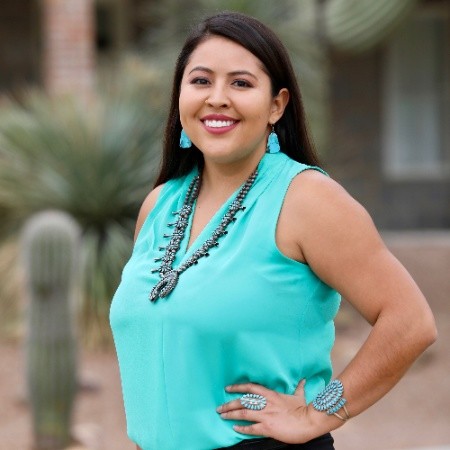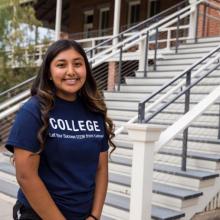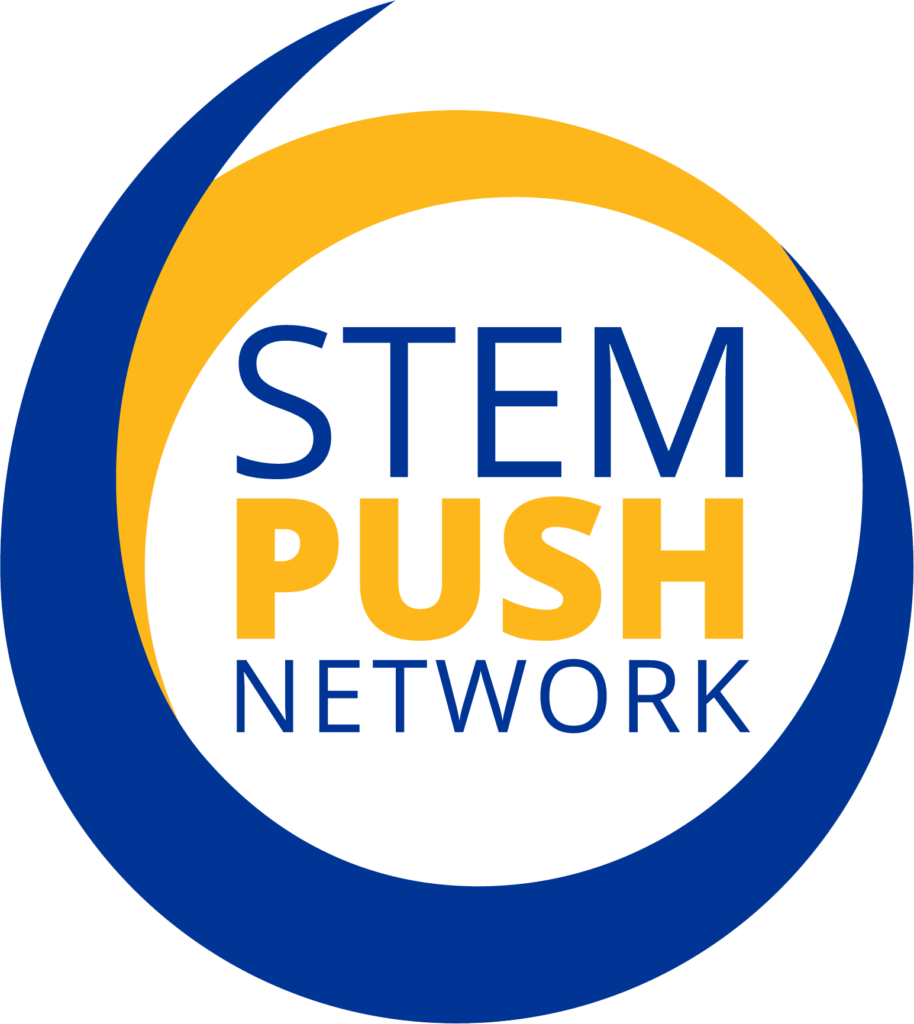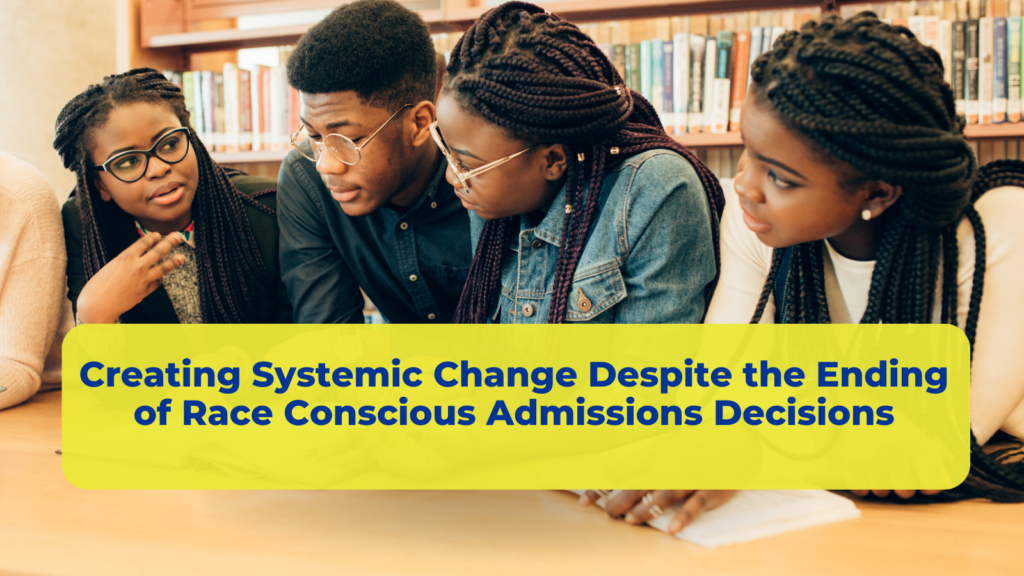As Navajo STEM educator, and past participant of Native American Science and Engineering Program with the University of Arizona Office of Early Academic Outreach, (NASEP) Carol Seanez would like to see greater appreciation for, and inclusion of Indigenous knowledge and practices in STEM disciplines.
“You know, the scientific method is to observe, think of a question, test it and see if it works or not, and make decisions based off of that. And I feel that Indigenous people have been doing that for a long time, but because it hasn’t been in an academic setting per se, it’s not recognized as being important or valued,” said Seanez.
NASEP’s mission is to provide Native American high school students resources for college enrollment and careers in STEM through experiences with university experts in a number of fields, including environmental sustainability, with attention to Native American contexts and experiences.
In a recent study of K-12 Indigenous student serving STEM programs, Qingna Jin at The University of Alberta finds that “ When Indigenous students are forced to compromise their cultural identity, their science learning and development of scientific literacy are impeded. One possible way to provide Indigenous students with access to science learning without comprising their cultural identity is making science programs aligned with their traditional knowledge and everyday experiences.”
Environmental and geoscience is a good fit for a student population steeped in Indigenous knowledge. “ We find that our students are very connected to Mother Earth and community,” said Seanez, and this knowledge is a kind of STEM thinking.

For example, as wildfires plagued communities across the Southwest, attention turned to controlled burns, a practice tribal communities have advocated for centuries, and one that many were prohibited from doing in the past, Seanez explained.
Seanez’s experience with the STEMPUSH Network’s improvement cycles is helping the group think deeply and differently about goals and outcomes. The most recent improvement cycle focused on recruitment, which isn’t a critical issue for NASEP: “because we focus specifically on indigenous communities, we don’t have an issue with recruitment or representation in that area,” she said. But the improvement cycle work allowed Seanez to think about diversity within the indigenous population NASEP serves, “digging deeper into what does diversity mean within our group and population?” For example, she said the COVID pandemic caused a shift in their demographic beyond Tucson, so issues of broadband, connectivity, even traditional transportation came to the forefront.

“ Education is one of the World health Organizations social determinants of health, so being able to provide better access is extremely important” she said.
And Seanez, whose training is in epidemiology, says she’s also eager for the data resources that the STEMPUSH Network will provide. “ I’m really interested in the study that’s happening with the clearinghouse data to see how we’re impacting students,” she said.
She says the STEMPUSH Network, with its emphasis on improvement cycles and data collection, will help tell the story of NASEP to funders and help sustain the work.
“You always have to advocate for yourself and prove that you’re making an impact in the community. And so with a network of people who are working to prove that– not only through qualitative information– but through the quantitative research as well, it’s something that I am especially excited to be a part of.”

